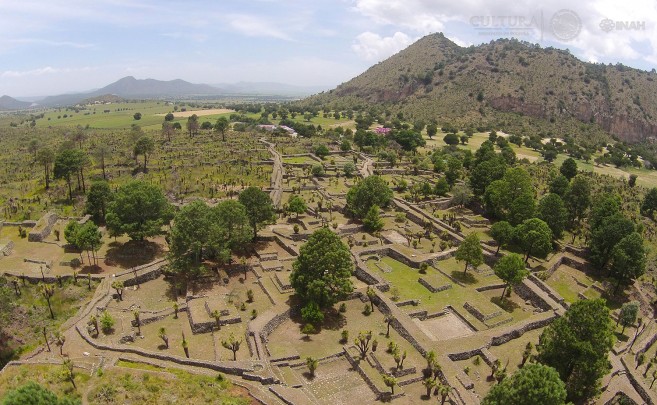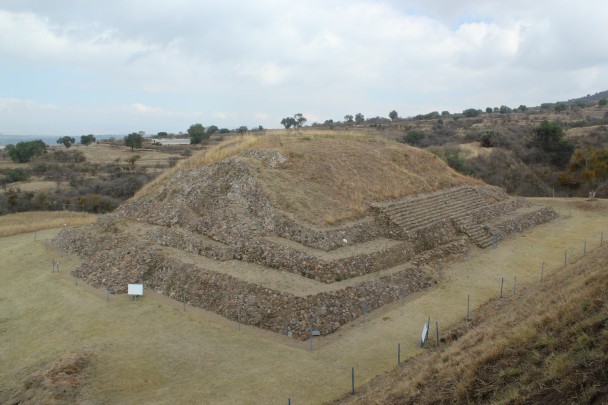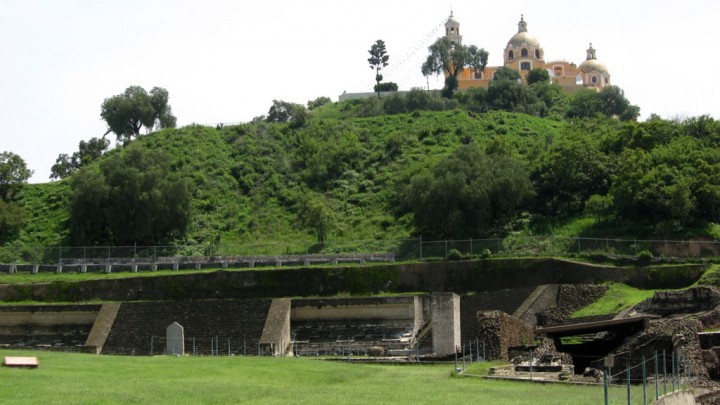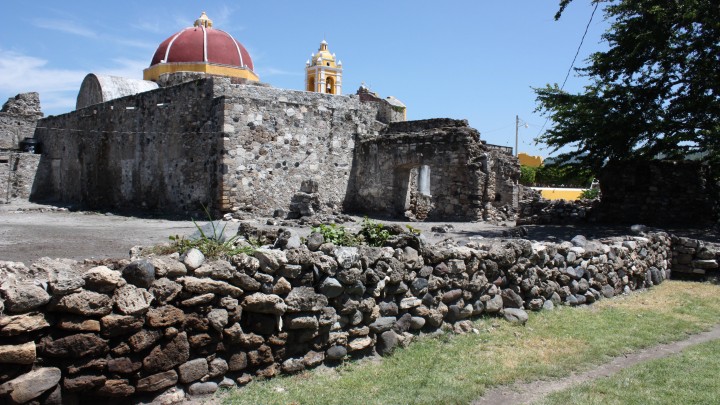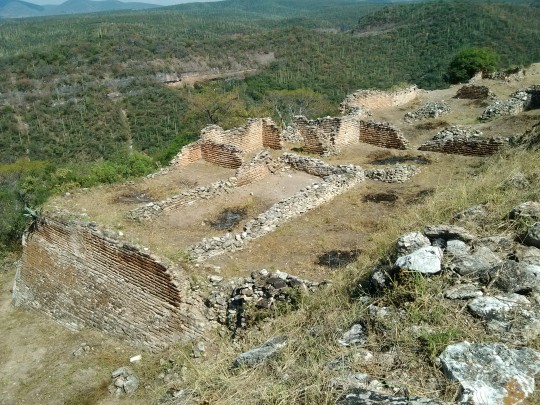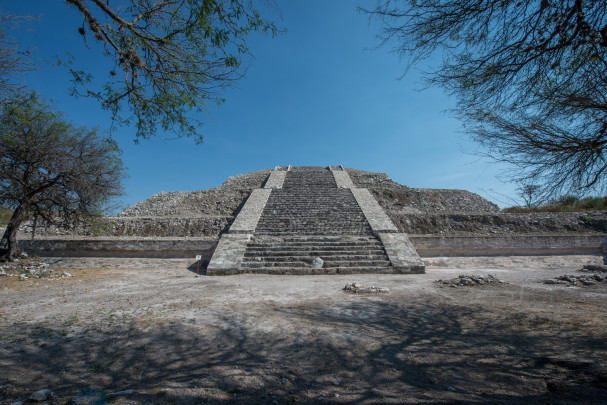Archeological Sites
8 Sites
A vast fortified pre-Hispanic city which controlled the trade route between the high central plateau and the Gulf of Mexico. Everything about it is extraordinary: the acropolis, the plazas, districts, approximately 4,000 interconnected streets and numerous ballcourts. Its skilled craftsmen worked obsidian.
Puebla
Altiplano Central
1775
Located very close to San Martín Texmelucan, the origin of the early settlers is unknown. A fortified site with a strong Olmec influence, it maintained trade relations with a number of villages in the Puebla-Tlaxcala valley. Most notable are the plinths built on the edge of the ravines.
Puebla
Altiplano Central
12592
This is the most important pre-Hispanic settlement of those explored so far in the state of Puebla, and one of the main sites in Mexico. Its attractions include the Great Pyramid and the plaza known as the “courtyard of altars.”
Puebla
Altiplano Central
1776
The region was fundamentally important in the history of domesticating several plants including maize. During the Postclassic, Tehuacan was the region’s most important site in terms of religion and politics.
Puebla
Altiplano Central
14643
Conquered by the Mexica in the fifteenth century, this site served as a garrison and point of communication with the powerful Itzocan kingdom, on the route to the Mixteca region. The archeological zone occupies a small area, with traces of platforms beneath some nearby houses. A Calvary chapel was constructed over the principal building in the seventeenth century, and parts of these walls remain.
Puebla
Altiplano Central
1777
A military fortress built on the upper part of a hill, flanked on three sides by precipitous ravines. Distinguished by its formidable surrounding stone wall. Administrative center of one the most important Popoloca domaines (1200-1500 AD), with monumental architecture.
Puebla
Altiplano Central
1778
The site is thought to have been a key settlement of the pre-Hispanic period in terms of its interactions with the central area, the Gulf and Oaxaca. The site is in the south of Puebla and has architectural features similar to Teotihuacan, as well as sharing cultural traits with Tehuacan and the Mixtec region.
Puebla
Altiplano Central
14641
A Totonac settlement and important ceremonial center established high in the Sierra Madre. Notable for its monumental architecture with the characteristic niches of the region. Its ballcourt is one of the largest in Mesoamerica.
Puebla
Golfo
1779

